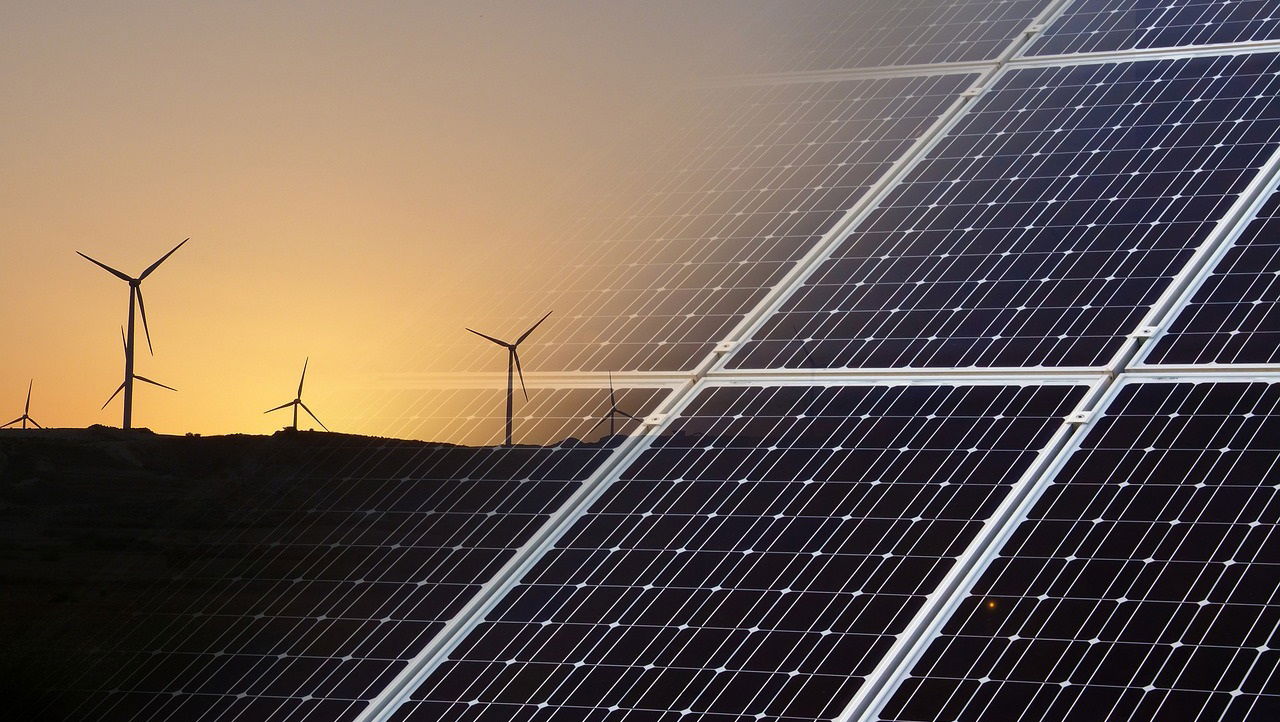
India has achieved a significant renewable energy milestone, surpassing 200 gigawatts (GW) in total capacity as of October 10, 2024. The Central Electricity Authority (CEA) reports that the country now generates 201.45 GW from renewable sources, led by solar (90.76 GW) and wind energy (47.36 GW). This achievement highlights India’s accelerating transition towards clean energy, showcasing its commitment to reducing reliance on fossil fuels and building a more sustainable future.
Renewable energy now accounts for 46.3% of its total electricity generation capacity, which stands at 452.69 GW. Combined with 8,180 MW of nuclear energy, non-fossil fuel-based power constitutes nearly half of the country’s total installed capacity. Solar energy leads with 90.76 GW, followed by wind power at 47.36 GW. Large hydro projects contribute 46.92 GW, and small hydro adds 5.07 GW. Biopower, including biomass and biogas, provides an additional 11.32 GW, reflecting the diverse and robust nature of India’s renewable energy base.
This rapid growth in renewable energy is driven by proactive government policies and initiatives aimed at promoting clean energy. Programs like the National Green Hydrogen Mission, PM-KUSUM, PM Surya Ghar, and Production Linked Incentive (PLI) schemes for solar PV modules have significantly contributed to expanding capacity. Investments in the renewable energy sector between 2014 and 2023 have amounted to Rs 8.5 lakh crore, and financial institutions have pledged an additional Rs 25 lakh crore to support projects through 2030.
Several Indian states have emerged as key contributors to this renewable energy surge. Rajasthan tops the list with 29.98 GW of installed capacity, followed by Gujarat with 29.52 GW, Tamil Nadu at 23.70 GW, and Karnataka with 22.37 GW. These states have capitalized on their natural resources, from vast solar potential to favorable wind patterns, helping to drive the country’s clean energy transformation.
India's renewable energy capacity has grown from 76 GW in 2014 to nearly 210 GW today, with the goal of reaching 500 GW by 2030. Prashant Kumar Singh, Secretary of the Ministry of New and Renewable Energy, highlighted that the solar cell manufacturing sector is also booming, with capacity expected to reach 20 GW by March 2025.
With over Rs 8.5 lakh crore already invested in renewable energy between 2014 and 2023 and an additional Rs 25 lakh crore pledged through 2030, India is on a clear path to becoming a global leader in renewable energy. This transition is not only critical for energy security but also for addressing the pressing challenges of climate change.
















